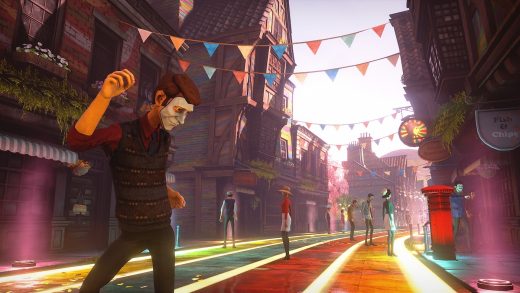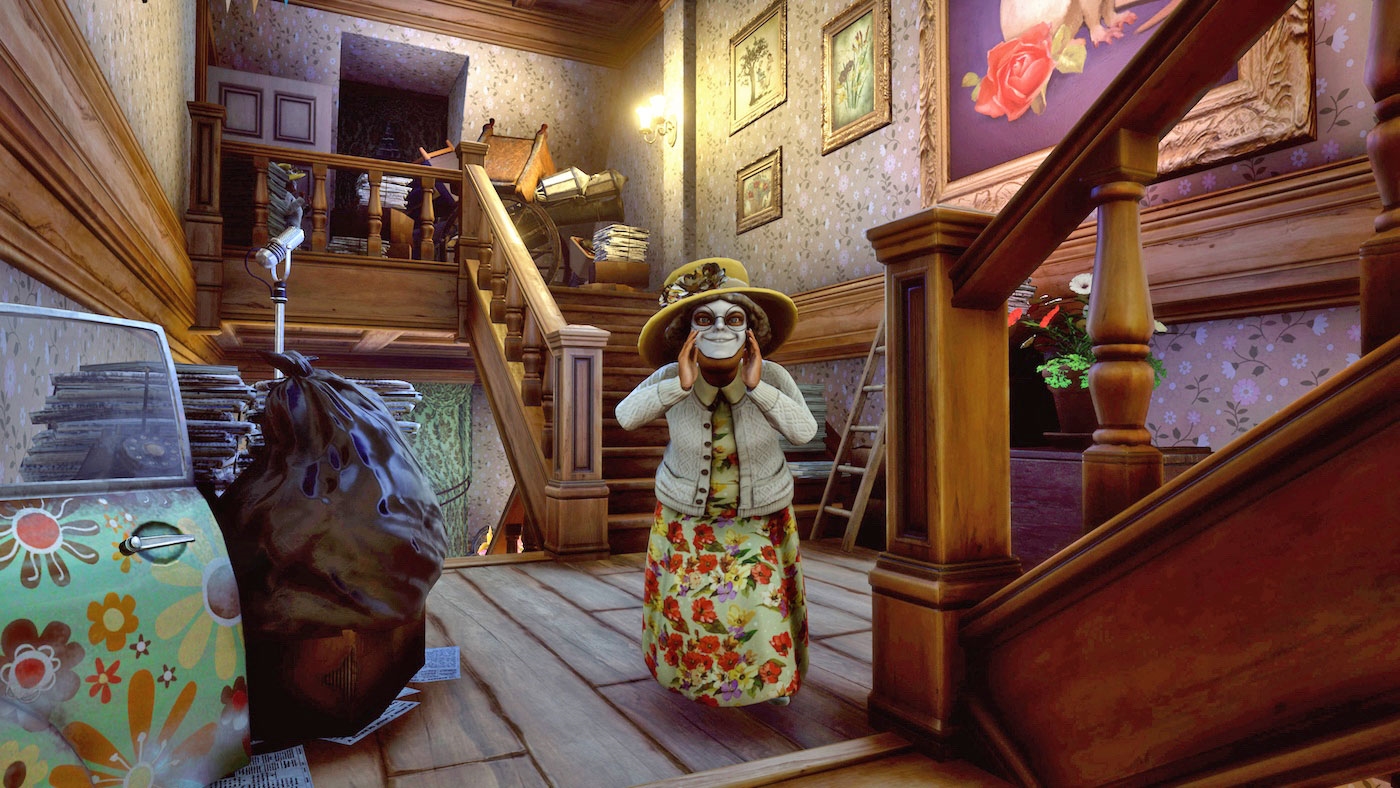How ‘We Happy Few’ plans to avoid the pitfalls of ‘No Man’s Sky’
The 1960s dystopia of We Happy Few will hit Xbox One, PlayStation 4 and PC on April 13th, 2018, thanks to Compulsion Games and Gearbox, the studio best known for Borderlands. You’re not hallucinating — We Happy Few did already come to Xbox One and Steam as an early-access game, but now it’s ready for prime time. The full experience, priced at $60 and featuring a rich storyline starring three separate characters, will be ready to roll next spring.
That’s all fine and dandy, but We Happy Few’s joyous release-date news hides a deeper development story. Compulsion has followed a long, winding road to April 2018, and the first major twist in that path came early in the development process.
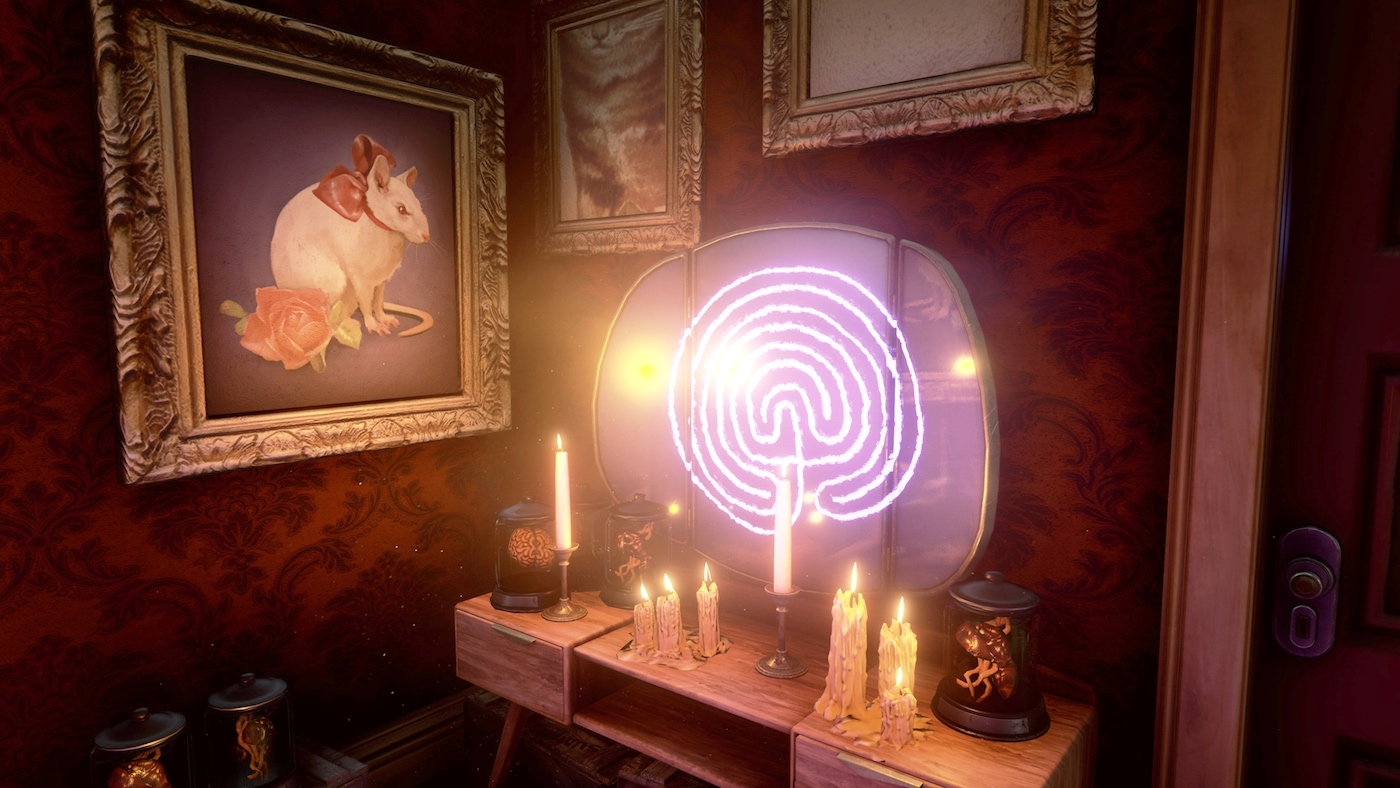
PAX East 2015 changed We Happy Few forever. That’s where Compulsion, a small studio working out of an old gramophone factory in Montreal, debuted its eerie, drug-fueled title to widespread acclaim. We Happy Few was a psychedelic experience that plopped players inside a dystopian, 1960s English town called Wellington Wells, where citizens were forced to pop pills in order to smile through the squalor. It promised procedural generation, survival mechanics and a strict society with violently enforced rules. PAX players and critics hailed it for being stylish, dense and big, like The Stepford Wives inside a BioShock-style world.
Problem was, We Happy Few wasn’t anything like BioShock.
“Talk about a reality check,” Compulsion founder Guillaume Provost says. “What the public and the press were telling us they loved about our game wasn’t anything like the procedural, story-light, rogue-like survival game we were creating at all. We were all excited about developing the story, the world and the general experience of discovering that world, but I knew full well from my time at [Dishonored studio] Arkane that those kind of experiences required a lot more money and a larger, veteran team to pull it off.”
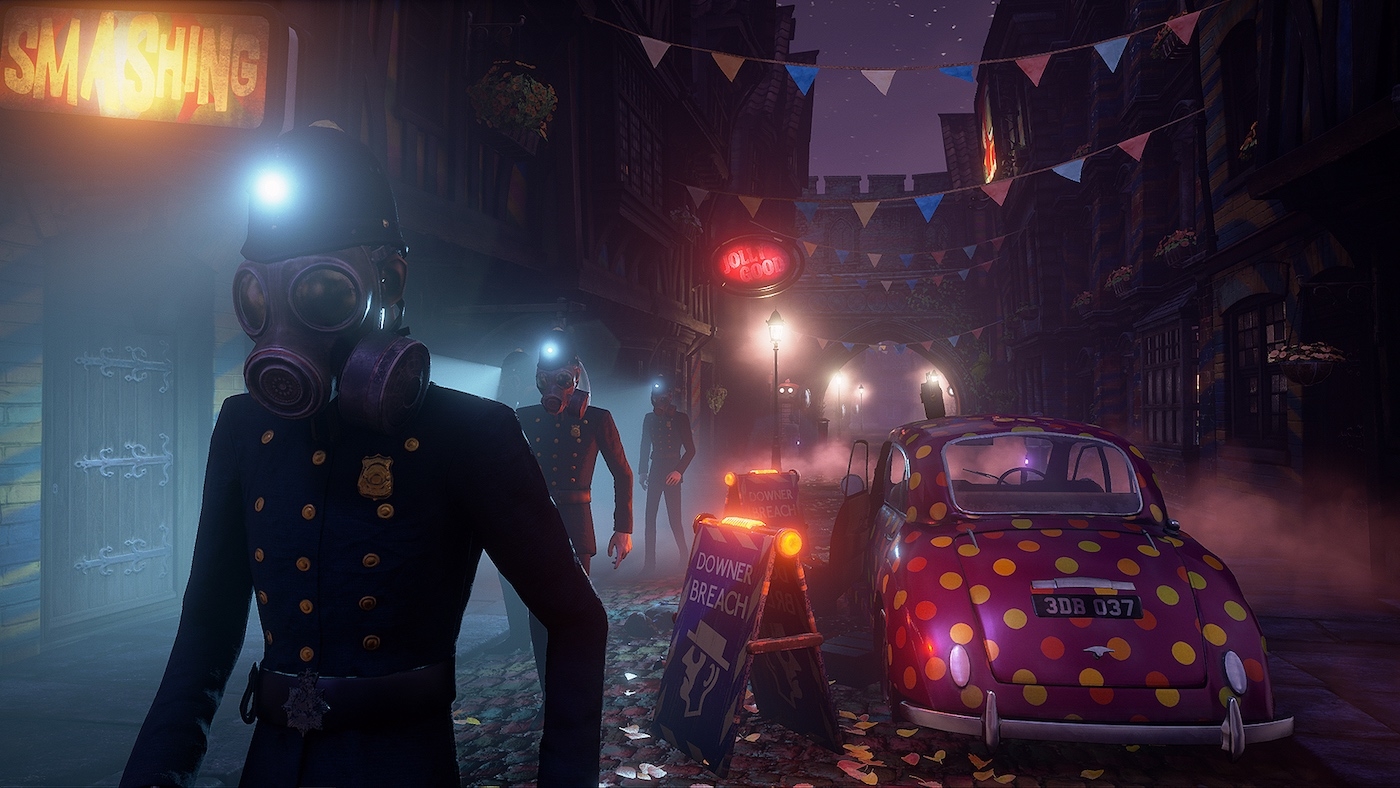
This was the first instance of fan feedback changing the very nature of We Happy Few. Compulsion saw what resonated with players; Provost heard the excitement over the game’s potential narrative first-hand. So, the team pivoted. Compulsion ditched its previous approach, which would have resulted in an experience closer to Don’t Starve than BioShock, and it took We Happy Few to Kickstarter, promising to flesh out the story, mechanics and world. The campaign asked for $250,000, and ended up earning $334,754.
Plus, it caught Microsoft’s attention. Compulsion signed onto the ID@Xbox program and Provost ended up showcasing We Happy Few on the Microsoft stage during E3 2016. It was a lifelong dream come true, he says.
“It’s a testament to how much the game and team has grown that Compulsion now spends more money every single month developing We Happy Few than what our entire Kickstarter campaign earned,” Provost says.
After E3, We Happy Few faced even more scrutiny, with potential players clamoring for a large world with a rich story and deep mechanics. They wanted — and expected — a AAA-level game from an independent studio.
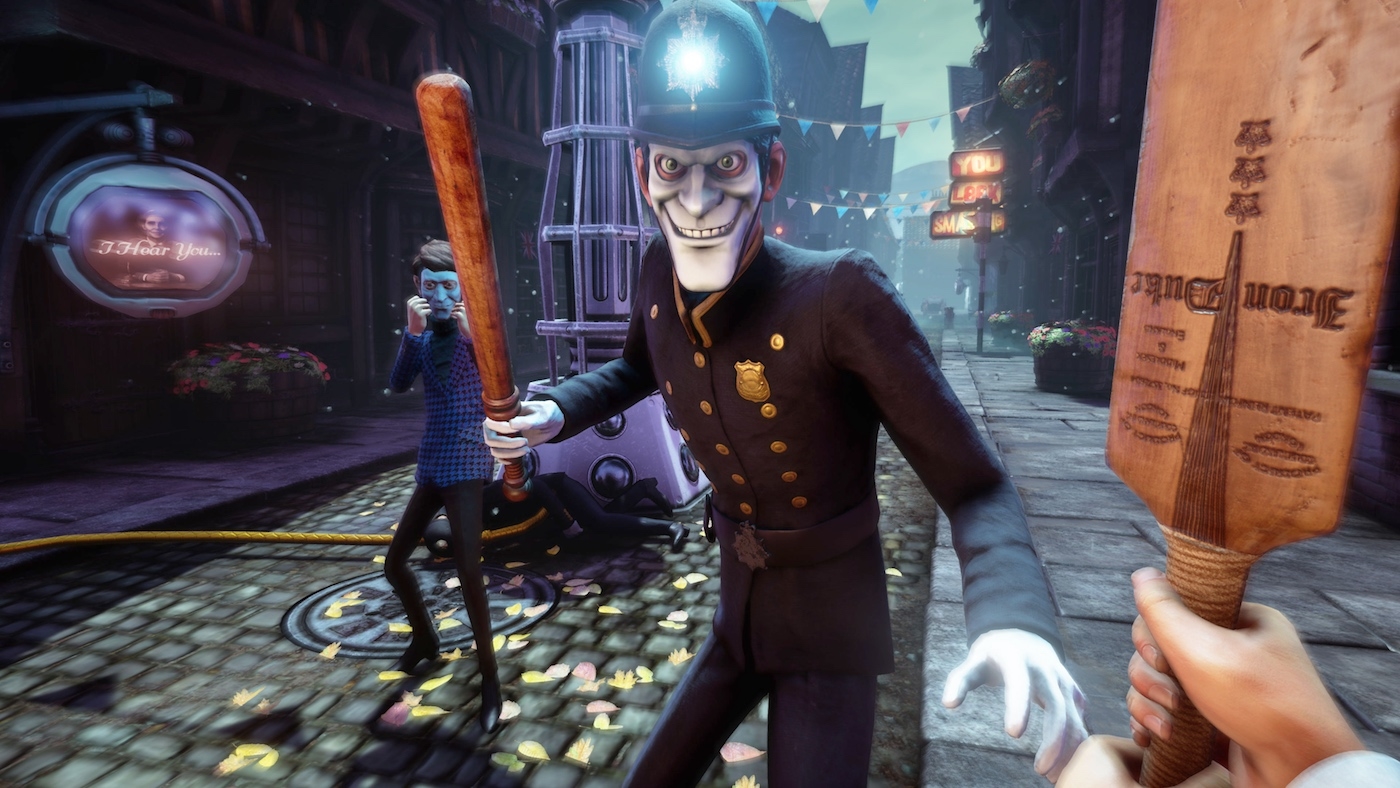
“It was the reaction of our fans that really drove home how big the game could become,” Provost says. “It was also a bit daunting. Getting too much hype is a good problem to have, but it can also backfire, and after watching the launch of No Man’s Sky that year, we carefully back-pedaled some of the hype and managed expectations with regards to the game.”
No Man’s Sky is a modern-day cautionary tale for independent developers hoping to make it big. After years of hype from Sony — including multiple showcases at E3, AAA-style collector’s editions, and a stint on the late-night talk show circuit — No Man’s Sky came out and immediately disappointed many fans.
Sony and Hello Games sold the world on a grand idea, but for many players, No Man’s Sky simply didn’t fulfill its promises. Backlash was swift; players in the UK even alerted the Advertising Standards Authority and the game was investigated (and cleared) for marketing fraud. The dust is settling now, following a handful of game-changing updates, but the lesson for indie developers and major publishers remains clear: Don’t promise anything you can’t actually deliver.
Compulsion’s solution was transparency. The team had already been sharing weekly blog posts and videos updating fans on the game’s progress, but they wanted to have a direct conversation with players. So, in July 2016, Provost and co. launched We Happy Few as an early-access game on Steam and Xbox One Games Preview. Fans went hands-on with the game and helped Compulsion fine-tune its mechanics.
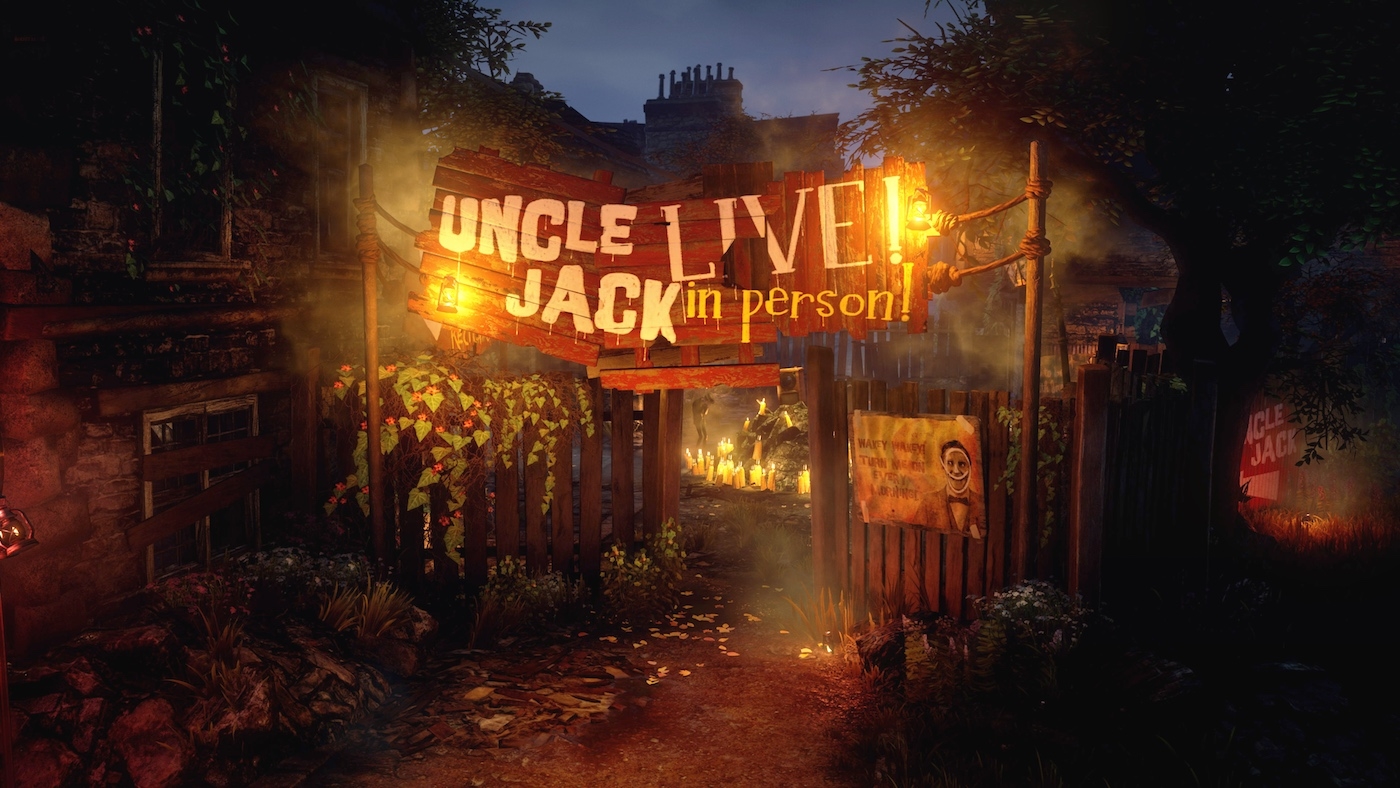
Turns out, a lot of We Happy Few players simply wanted to wander around the kitschy, terrifying town of Wellington Wells without worrying about survival, so Compulsion added the violence-free BirdWatcher mode in March’s Maidenholm update. Fans were also fascinated by Joy, the drug that keeps Wellington Wells’ citizens in a perpetual state of delusion and forced happiness. So, Compulsion added layers to the drug — with this week’s Life in Technicolour update, players are able to see the world through five Joy-enabled veils: Normal, Crash, Joy, Overdose and Withdrawal.
“Finally, we’ve had a lot of feedback early on that the introduction to the game felt like a game apart, very different from the experience you get in the open-sandbox world,” Provost says. “We’ve taken that feedback very seriously, and understood that the vast majority of our players wanted more of that experience, and less aimless wandering around trying to find items in containers.”
Plus, early players brought in some early cash. Pre-release editions of We Happy Few sold for $30 a pop, though the complete game now runs $60 (anyone who purchased an early-access version gets the full thing at no additional charge). Compulsion used some of that early money to hire dozens of additional gaming-industry veterans from companies including Sony, Square Enix, Ubisoft and Warner Bros. The development team has grown from 7 people to about 40.
“Early access didn’t just help shape the overall direction and focus of the game, it shaped the very fabric and makeup of our team,” Provost says. “It allows us to bring the game’s story campaign to a level of sophistication and depth that would have otherwise been out of reach.”
Which is where Gearbox comes in.
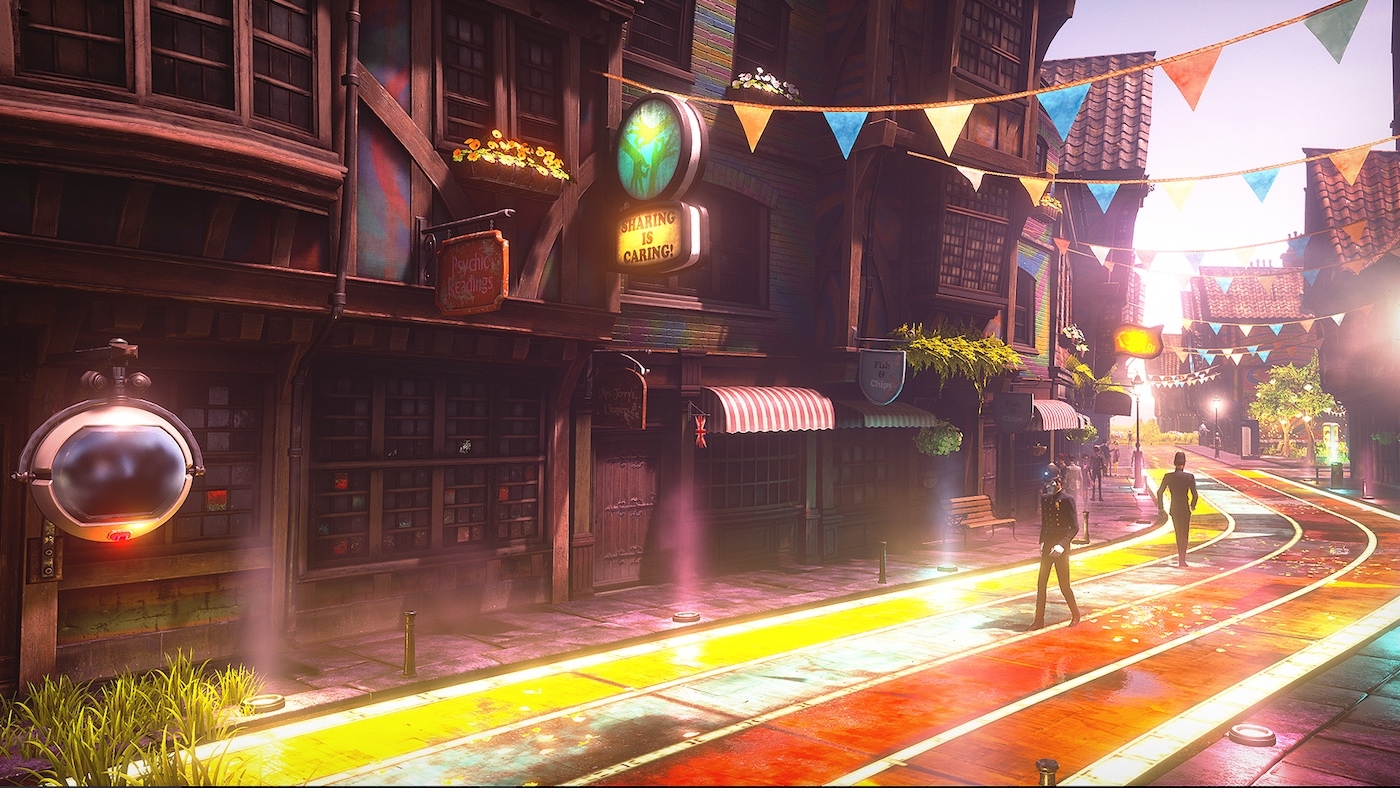
Provost and Gearbox CEO Randy Pitchford have known each other for a while, and they even talked about working together when Compulsion was building its first game, Contrast, for the launch of the PlayStation 4 in 2013. Pitchford is a former stage magician, and Contrast‘s emphasis on noir-style magic caught his eye, but Gearbox didn’t have a publishing platform at the time.
Fast forward to the days after E3 2016, where Provost introduced millions of video game fans to We Happy Few on the Microsoft stage. By this time, Gearbox Publishing existed, led by Steve Gibson.
“We had been actively courted by other publishers, and weren’t really actively looking for a publishing partner,” he says. “The huge exposure the game had gotten through Microsoft’s press conference meant we could likely hack it on our own, self-publish and grow the team and the project organically through early access.”
But, Gibson was relentless. He flew the Compulsion crew to Dallas, introduced them to the crew and convinced Provost We Happy Few would be in good hands at Gearbox.
This week, Gearbox Publishing and Compulsion revealed the final We Happy Few release date — April 13th, 2018 — plus the game’s price increase, DLC details and some final story notes. We Happy Few is no longer a story-light, Don’t Starve kind of experience; it’s blossomed into a nuanced, narrative-driven survival game with enough drugs and eerie dystopia to make BioShock blush.
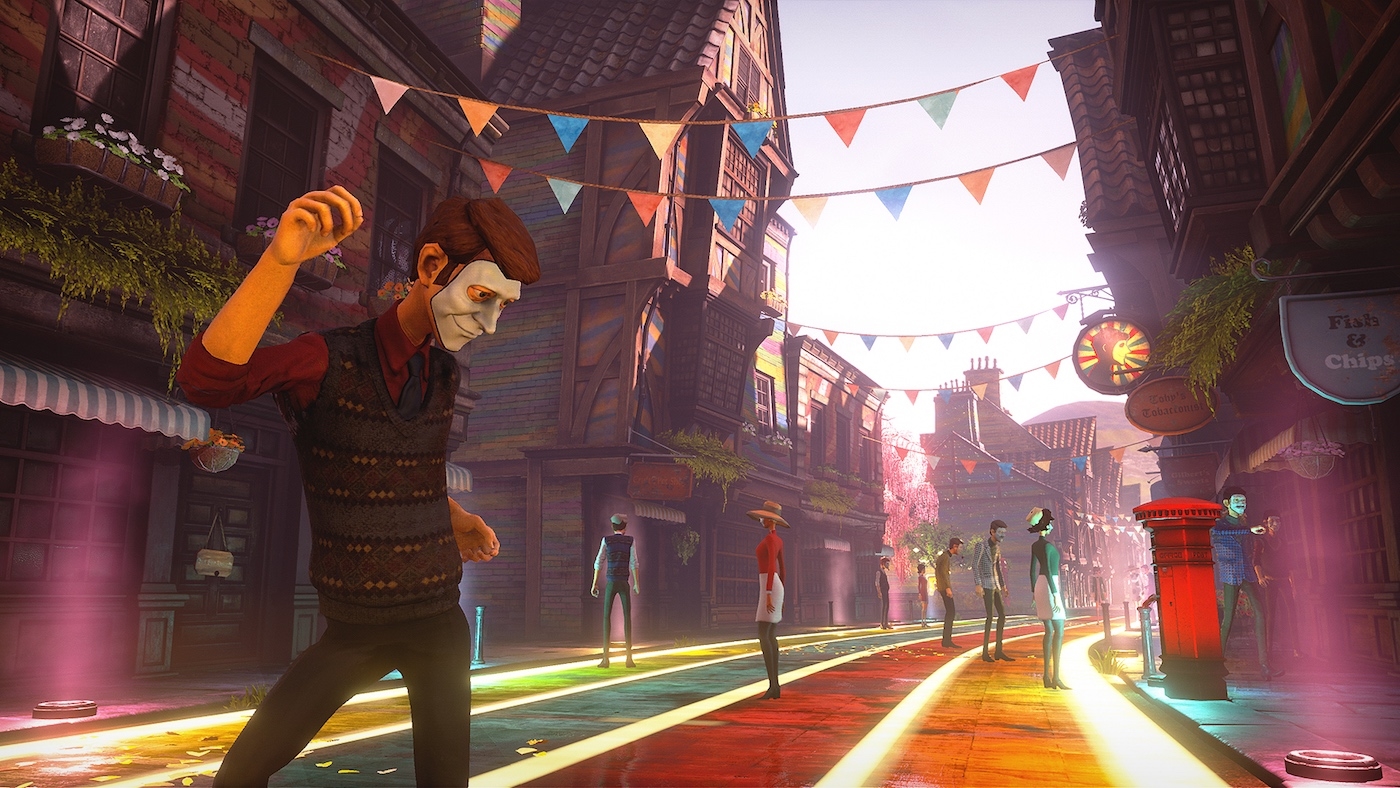
There’s even a special Collector’s Set that runs $150 and includes a replica of the game’s Bobby mask, a light-up “You Look Smashing” sign, Joy alarm clock, vinyl soundtrack and other 1960s-themed treats. The Collector’s Set does not include the game; Compulsion says that’s so early-access players can purchase it separately.
Partnering with an established label, jumping to a AAA pricing model and announcing a $150 Collector’s Set: If Compulsion doesn’t want to be the next No Man’s Sky, it’s walking an oddly similar path. However, Provost is confident he’s learned from other independent developers’ mistakes — and, more importantly, he’s confident in a game that players helped create.
“With enough funding secured to do right by the game, it feels like all the stars have finally lined up for us to shine on the world stage,” Provost says. “If someone had predicted this outcome three years ago, I’d have frowned skeptically, and told them to come back to planet Earth.”
(60)

